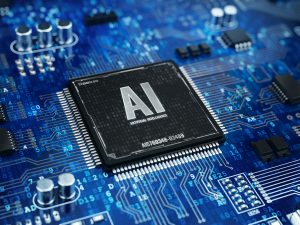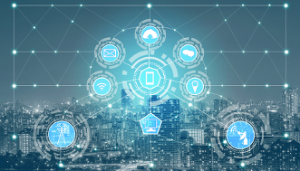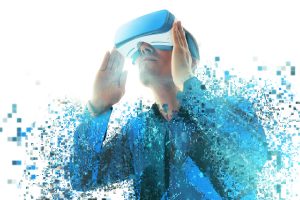 The battles of tomorrow will likely not be fought on the ground, they will take place in cyberspace as nation-states and rogue actors alike look to interrupt the everyday functions of a country via high-tech attacks. Recently we saw the Russian hack of software, designed (ironically) to help organizations monitor network problems and anomalies, which has the government and private companies scrambling to determine what data was compromised. With cyberspace being the new battlefield, data and data management have quickly become a strategic asset in the DoD arsenal.
The battles of tomorrow will likely not be fought on the ground, they will take place in cyberspace as nation-states and rogue actors alike look to interrupt the everyday functions of a country via high-tech attacks. Recently we saw the Russian hack of software, designed (ironically) to help organizations monitor network problems and anomalies, which has the government and private companies scrambling to determine what data was compromised. With cyberspace being the new battlefield, data and data management have quickly become a strategic asset in the DoD arsenal.
Last fall, the DOD released the Department's Data Strategy. An overarching guidance on how they will manage, secure, and use data. This document supports the DOD's transition to "a data-centric organization that uses data at speed and scale for operational advantage and increased efficiency." The Data Strategy includes 7 goals, nicknamed VAULTIS, to becoming data-centric:




 With many people in a rush to put 2020 behind us, those of us in the government market can safely say we're operating like it's 2021 (not as fun as partying like it's 1999, but anything beats 2020, right?). While the rush to meet the deadline for federal government fiscal year (GFY) spending on September 30 may have felt oddly comforting in its familiarity, there are
With many people in a rush to put 2020 behind us, those of us in the government market can safely say we're operating like it's 2021 (not as fun as partying like it's 1999, but anything beats 2020, right?). While the rush to meet the deadline for federal government fiscal year (GFY) spending on September 30 may have felt oddly comforting in its familiarity, there are 


